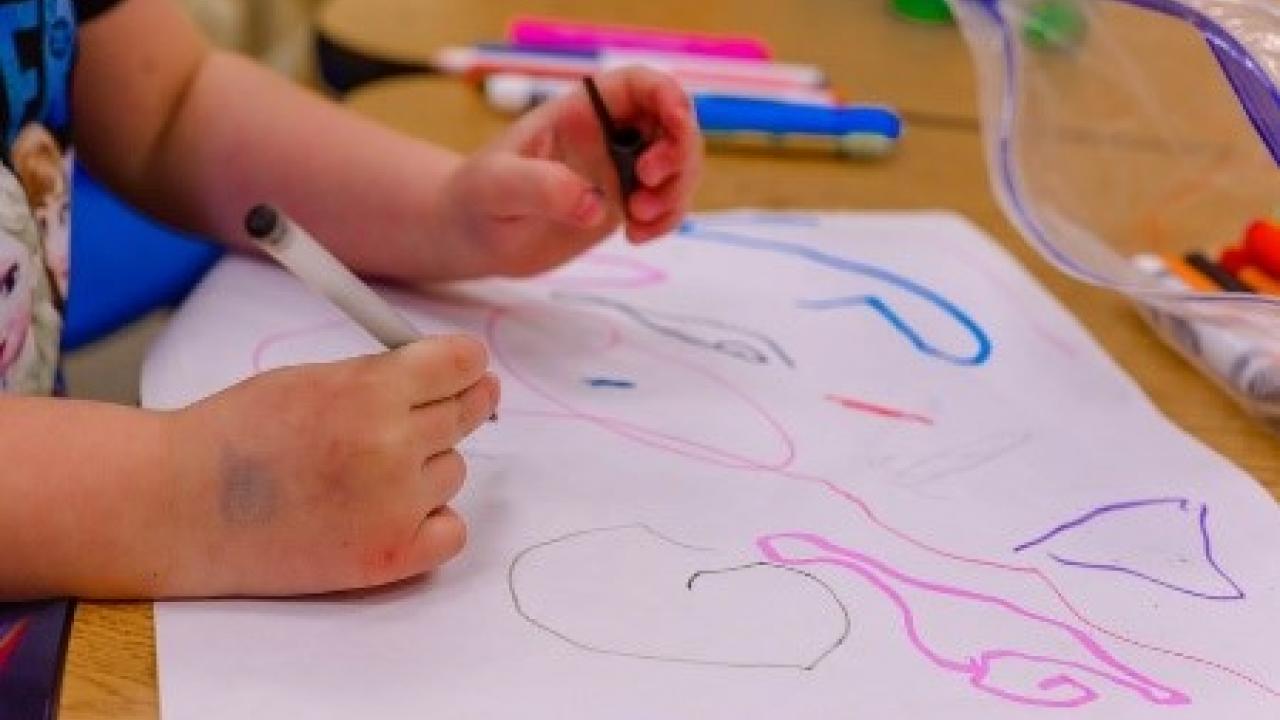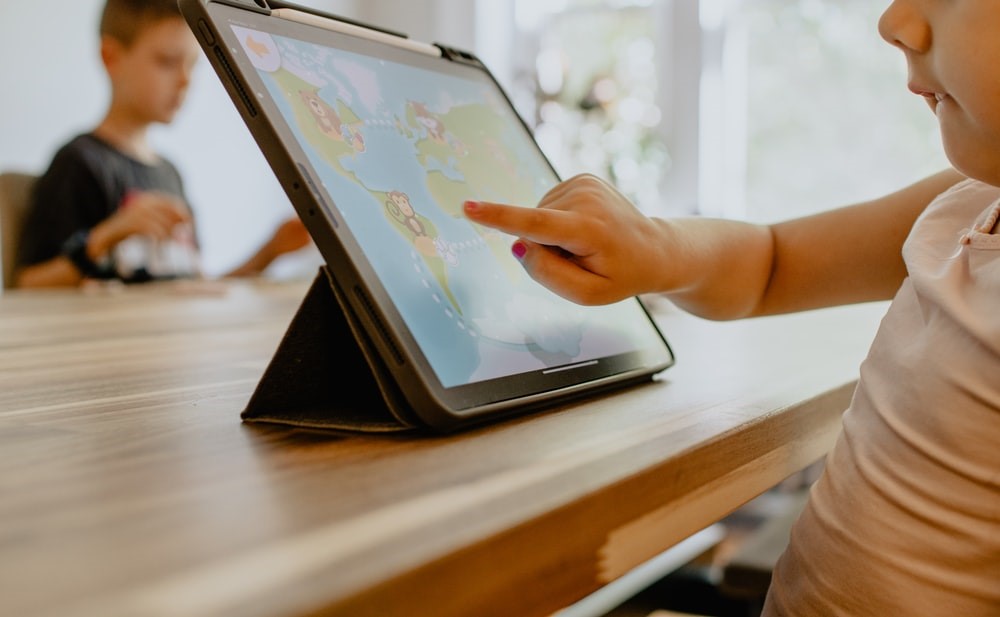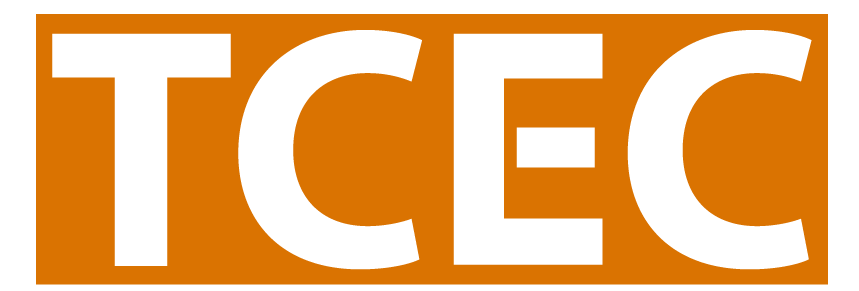
Going Back to School
by Catherine Dizon
My daughter, as with the rest of the students in California, started school virtually a few weeks ago. Do you remember your time in elementary school? Learning the basics. Enjoying story time and circle time. Absorbing everything you see and hear. Getting lots of time to play and explore. Well we got a little piece of that experience when we took Katherine Haugh’s Visual Note-Taking 101: Encouraging Dynamic Participation through Visual Storytelling e-Learning course through the American Evaluation Association.
Visual note-taking is a technique to record the main message of a talk, training, meeting, discussion, class, or other type of presentation, but instead of just writing words, you incorporate pictures to synthesize and then draw the main message. It’s even more fun to use color, different fonts, and spacing that helps draw your eyes to the really important or enlightening takeaways. Basically, we spent an hour and half doodling during her class! A selling point to Haugh’s training is, “It’s a fun and creative way to engage participants and try to combat Zoom fatigue.” I couldn’t agree more! Visual note-taking has pushed me to listen more attentively and get a lot more from the meetings.
Meaning > Beauty
Right off the bat, she encouraged us to prioritize meaning over beauty and appreciation over competition. Basically, go back to your elementary school days and just draw with confidence and joy. Dump out all the colors on the table and just go for it. Don't automatically edit yourself. Accept we're not trying to be Van Gogh, and like with anything, practice helps.
 Visually Record the Main Message
Visually Record the Main Message
For a recent school assignment, my daughter needed to listen to a story and then draw the main message. This assignment accomplished a few things that I think we can learn and use. It helps the teacher understand the student’s comprehension of the topic or task. I can see lots of application to our work in tobacco control. We can use it to assess participants’ key takeaways from a training or presentation. Opportunities for the participant to use the information shared is an important feature of trainings, and visual note taking seems like a great way to incorporate some of that even in virtual trainings when engagement is much more difficult than in-person trainings. It turns the student from a passive listener to an active contributor to the “discussion” but instead of verbally expressing what is most important, the student visually represents their learnings.
Broader Audiences
I love the idea of visual note taking especially with certain audiences that may not be comfortable with public speaking, need a little more time to compose their thoughts, English isn’t their first language, or maybe they’re more visual learners. I would love to try this in my next focus group discussion or participatory data analysis session. Some symbols are universal, such as smiley faces, big capital letters, or icons. Some things don’t need words to convey the message and often images also help illustrate relationships between things like arrows or groupings.
We’re in very strange times, and I think trying new ways to tap into my creative mind helps spark some joy and excitement in the workday. My daughter and I are sharing a jumbo pack of colorful markers, so I guess it’s also teaching sharing skills, too. If you’re interested in more of Katherine Haugh’s work, you can also check out her post on the AEA365 Blog.
